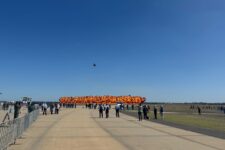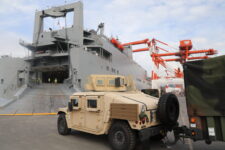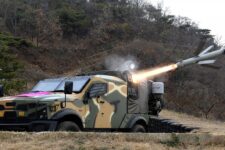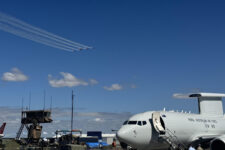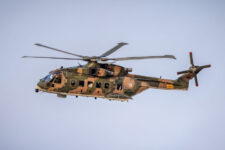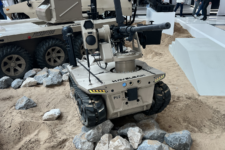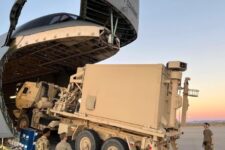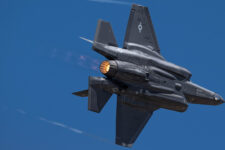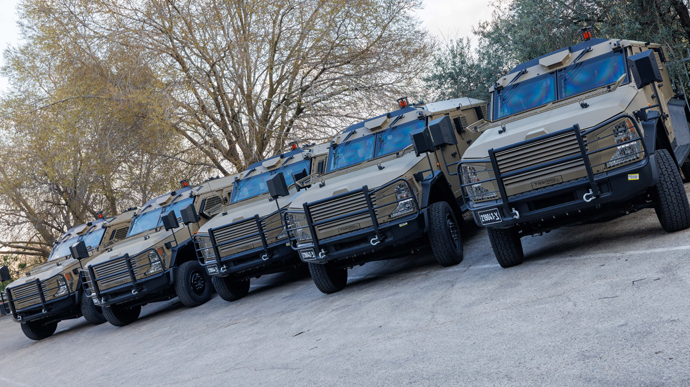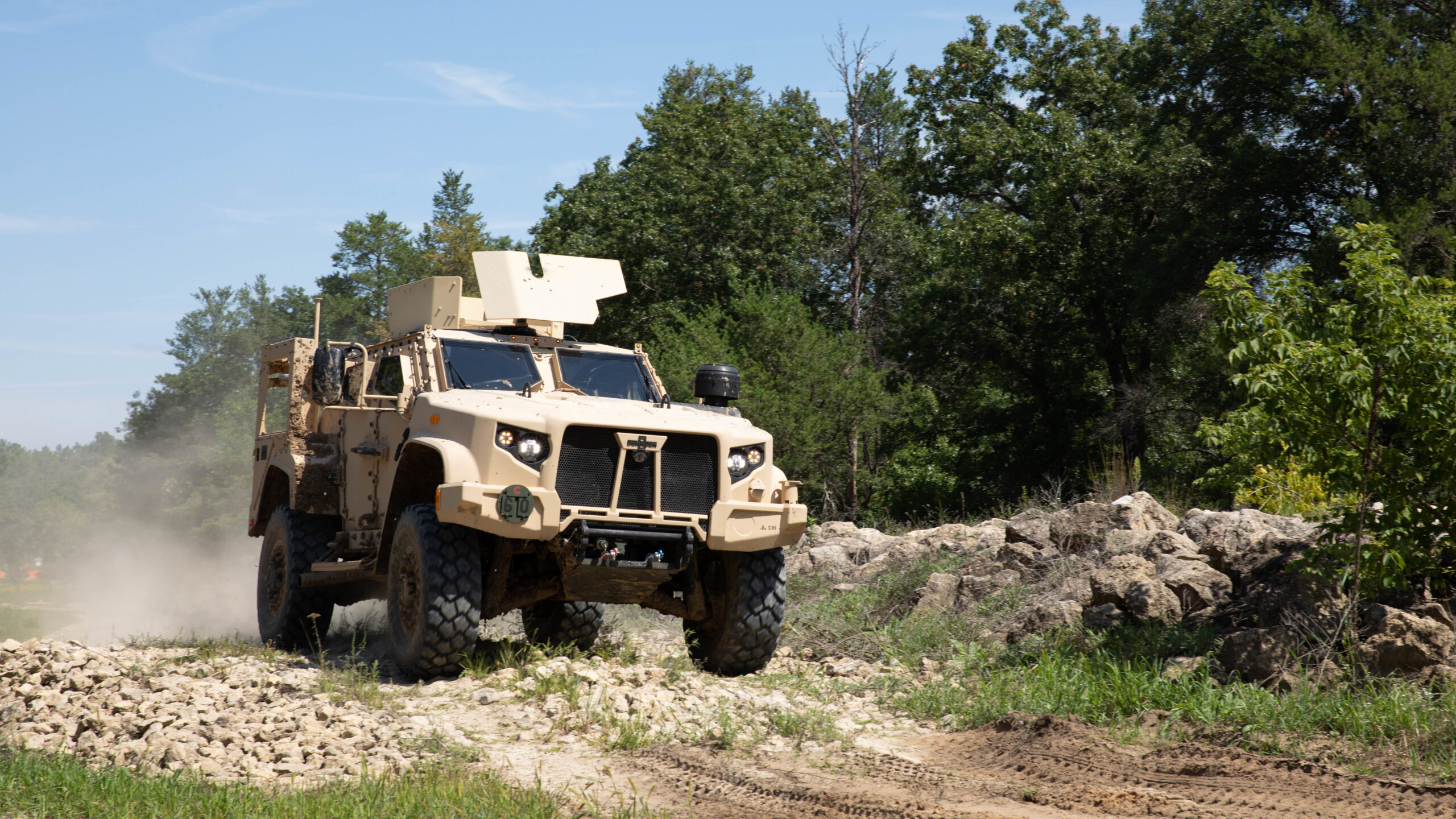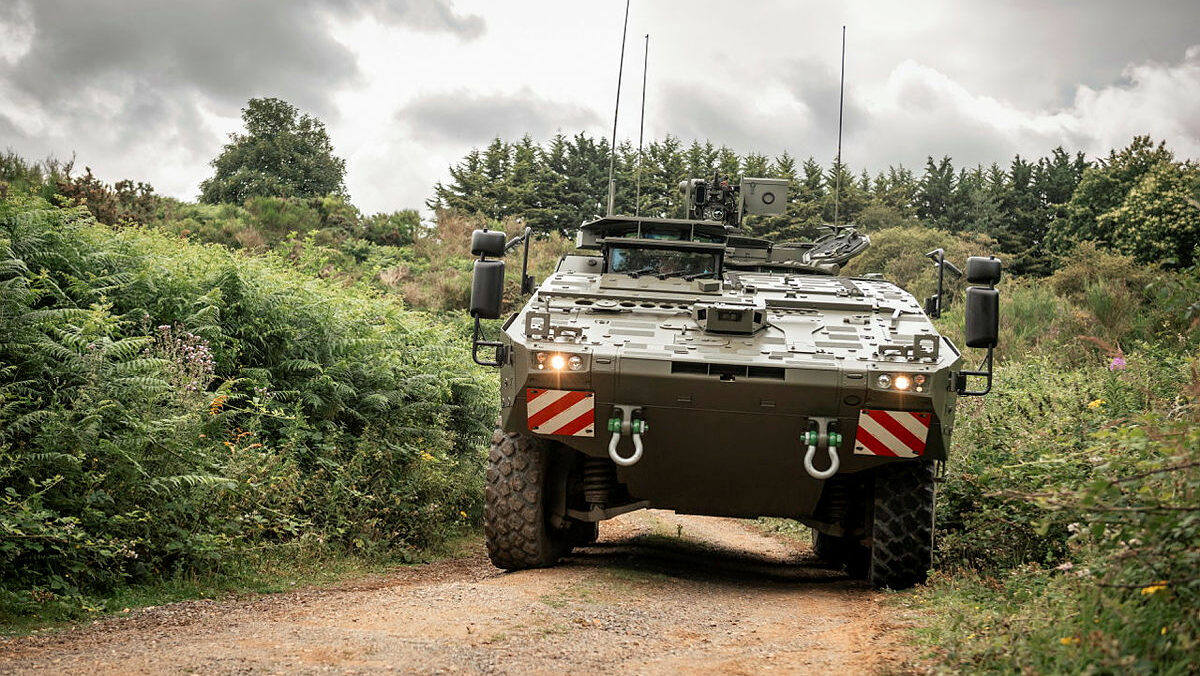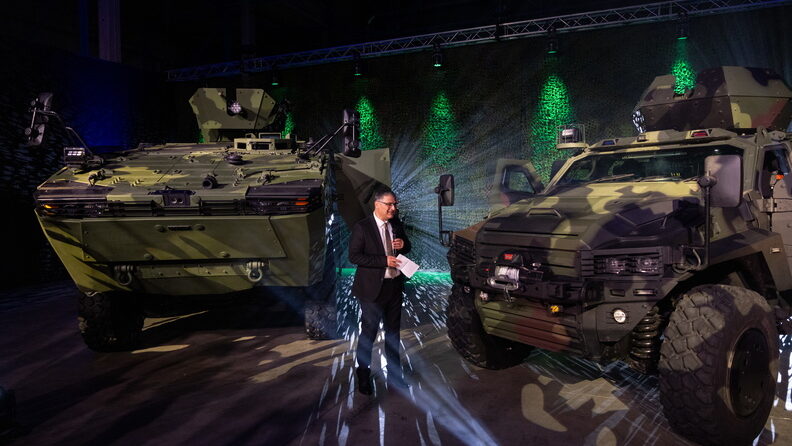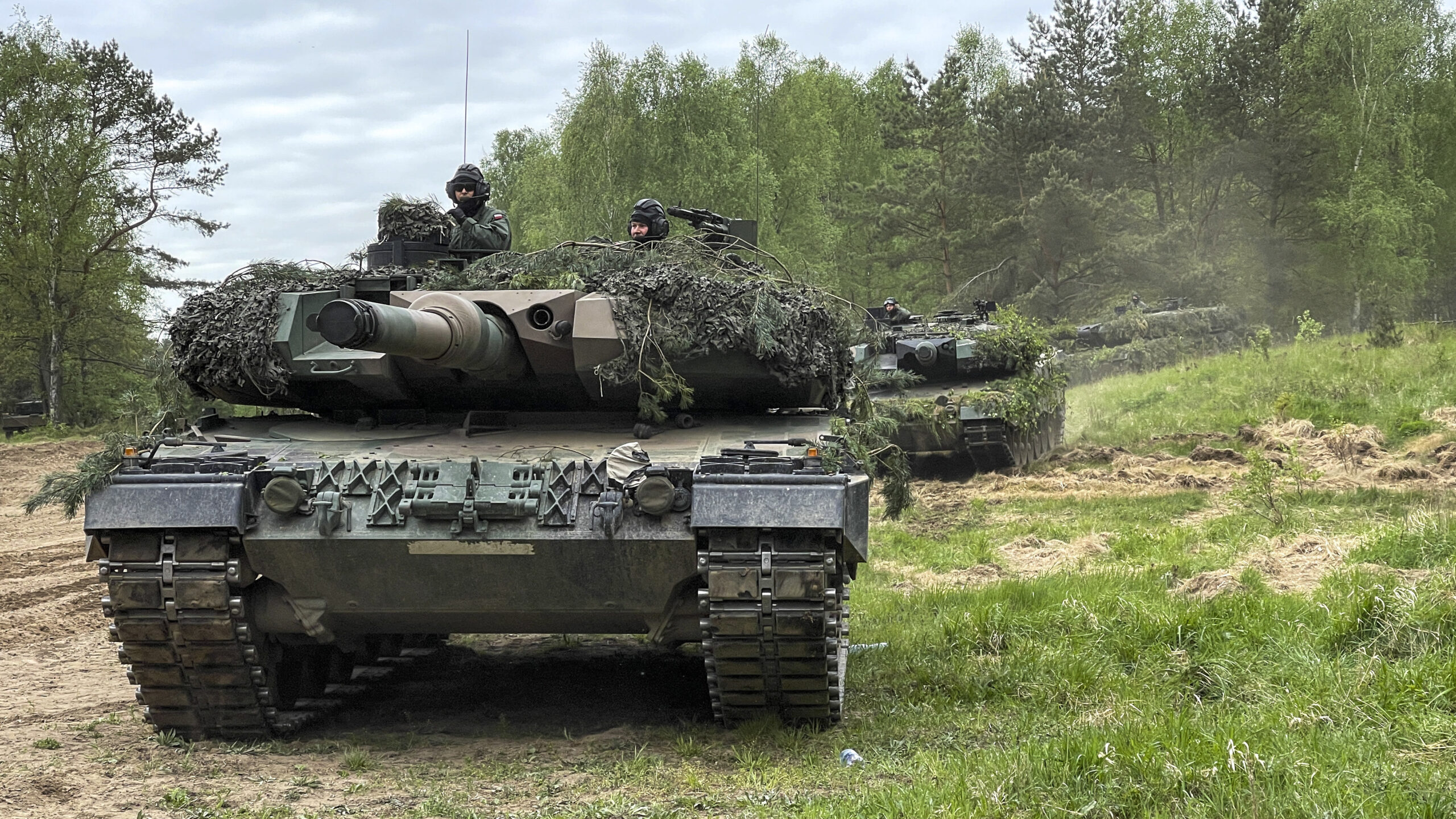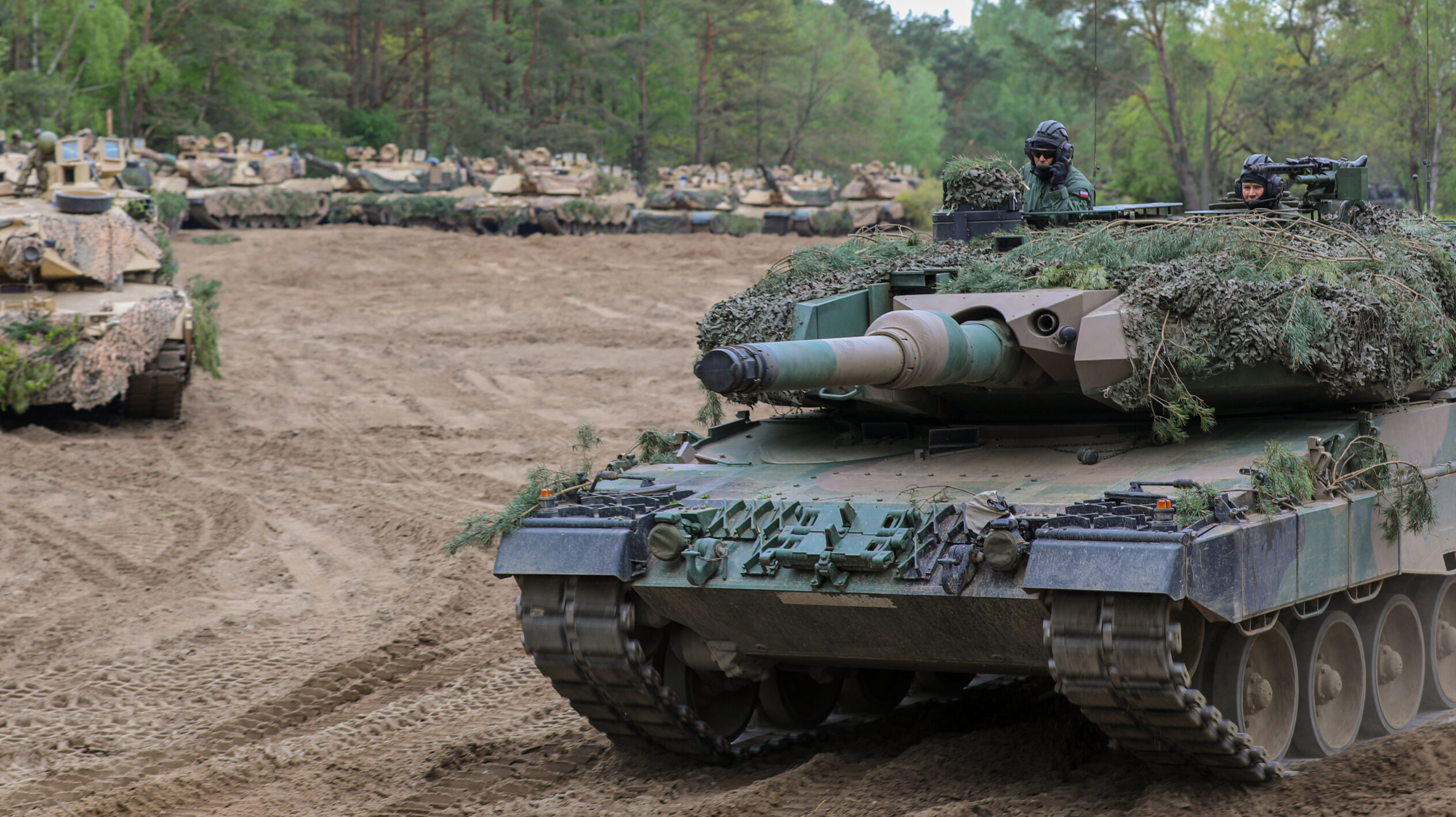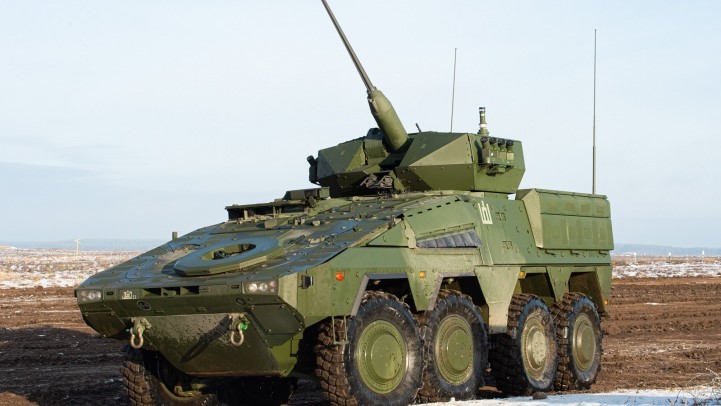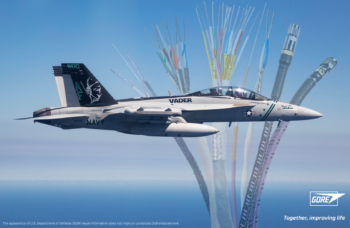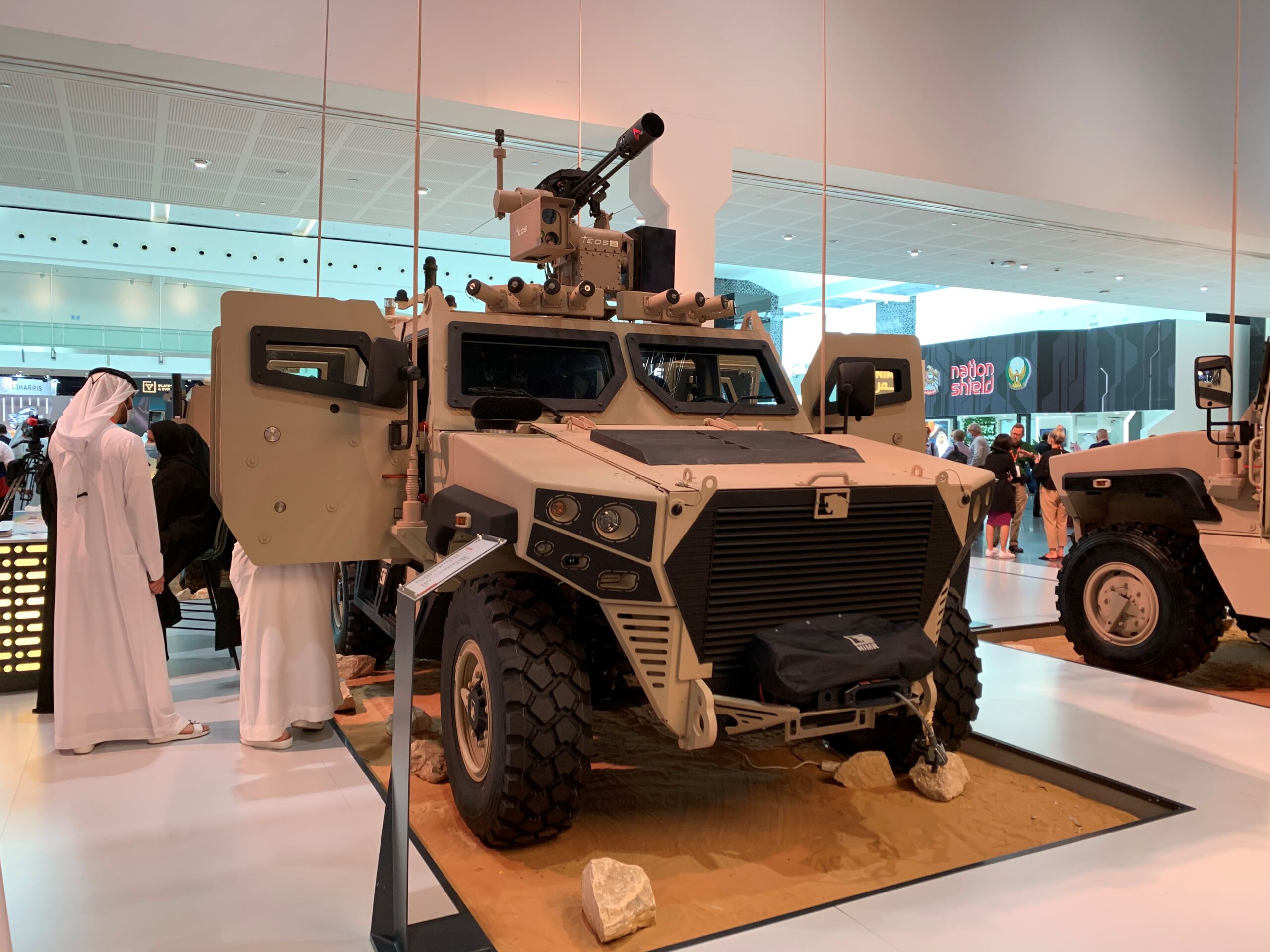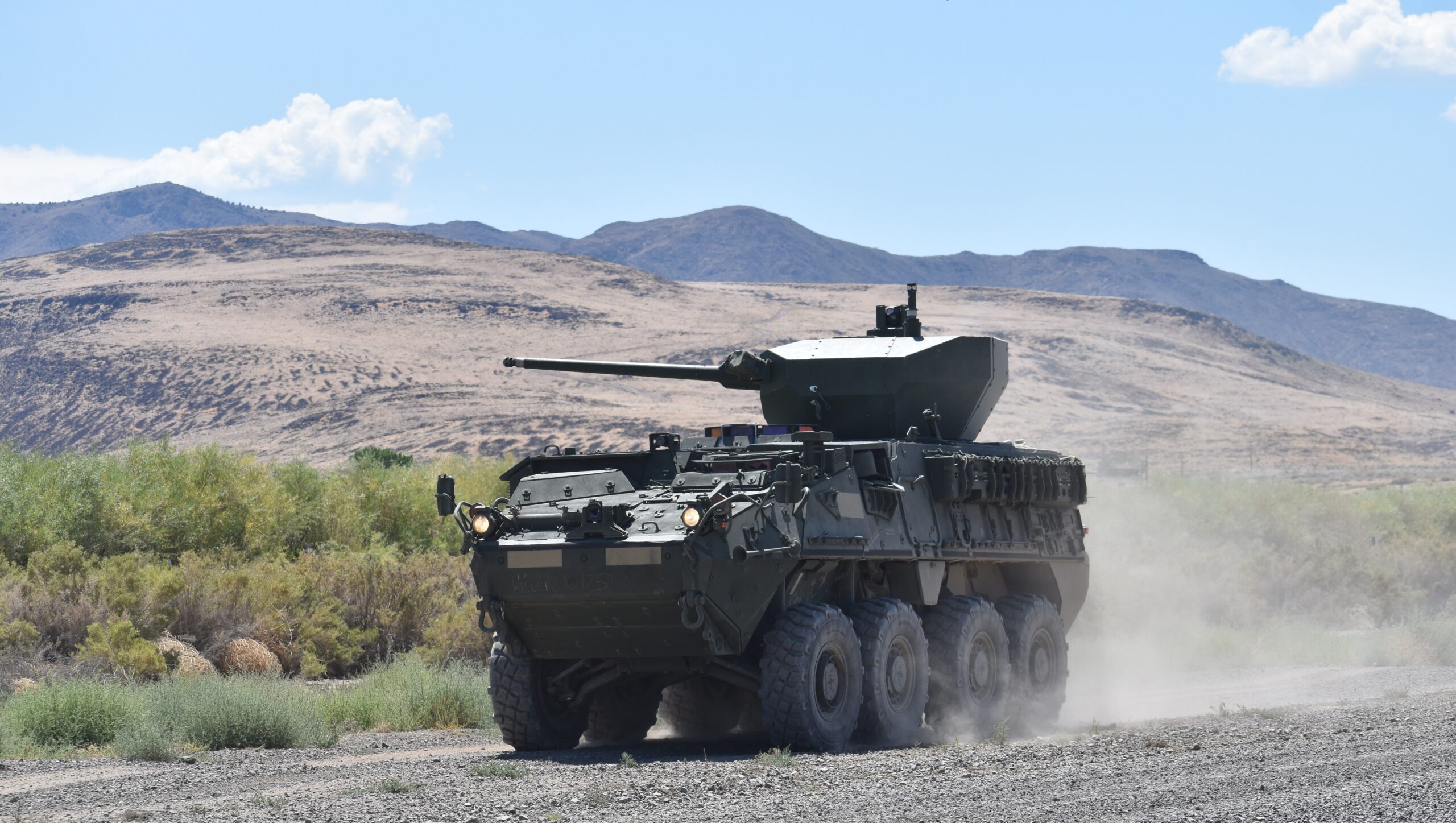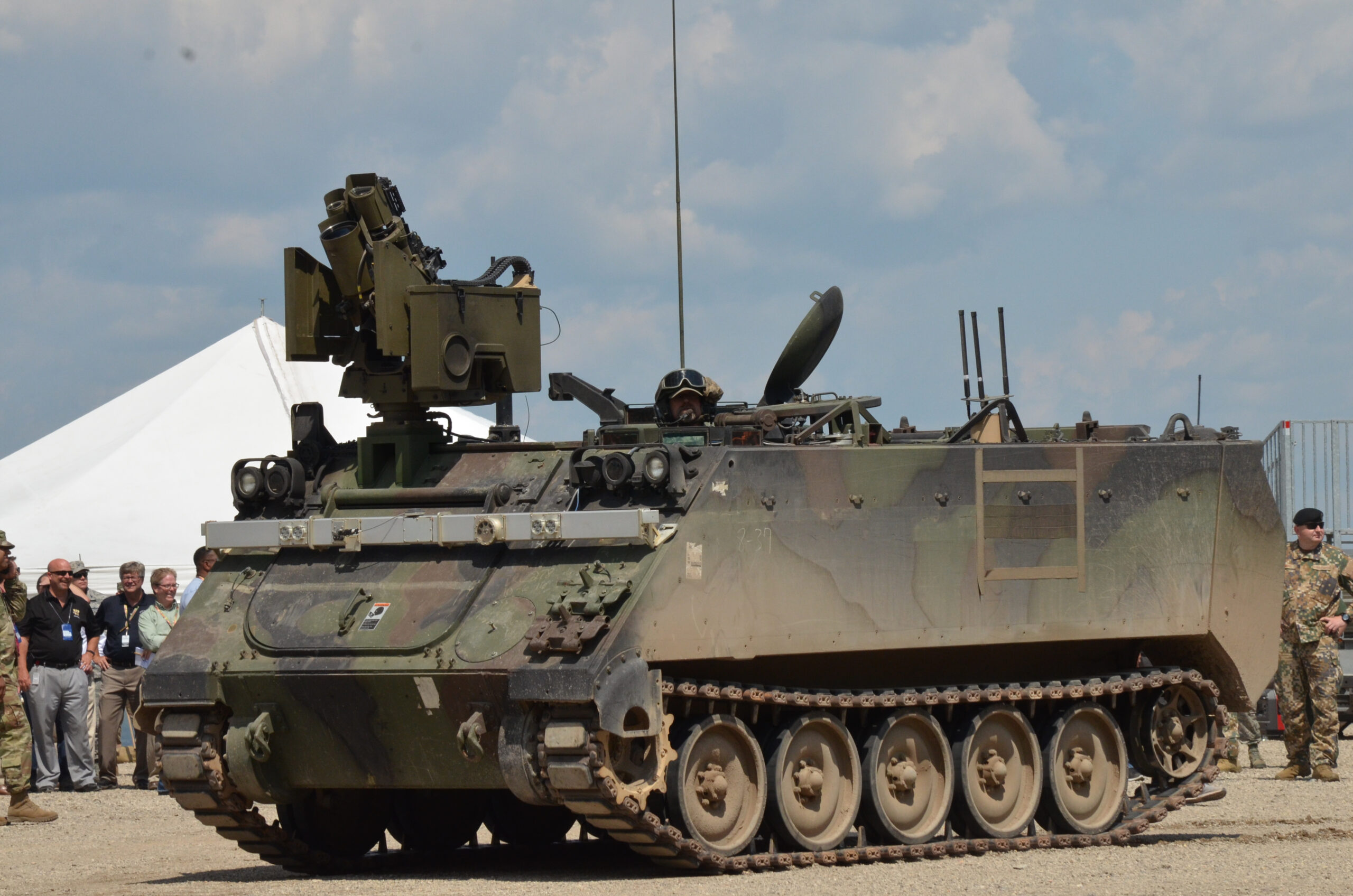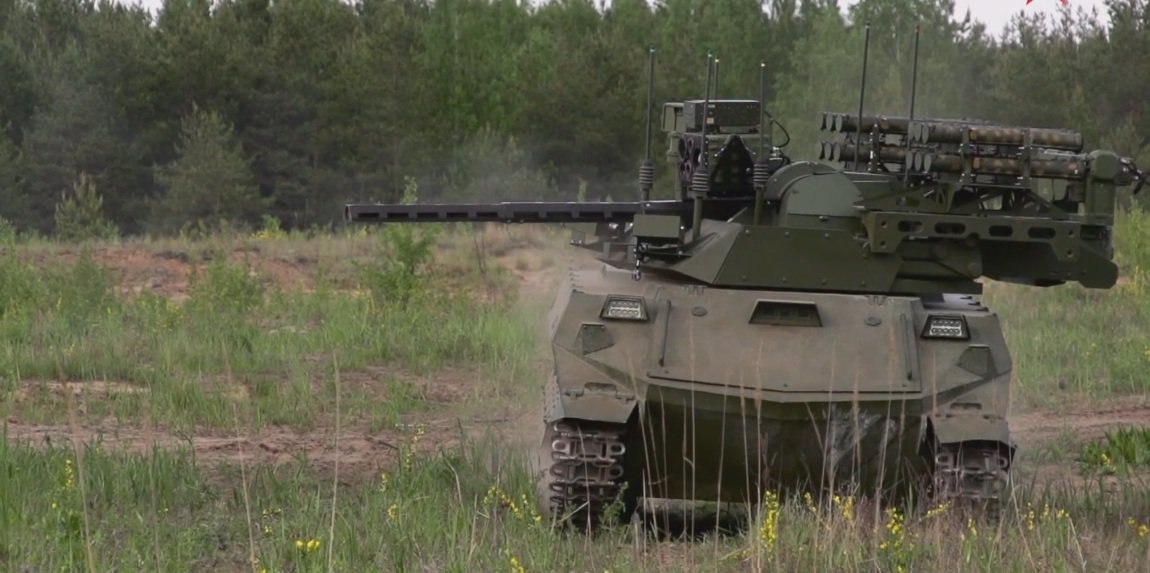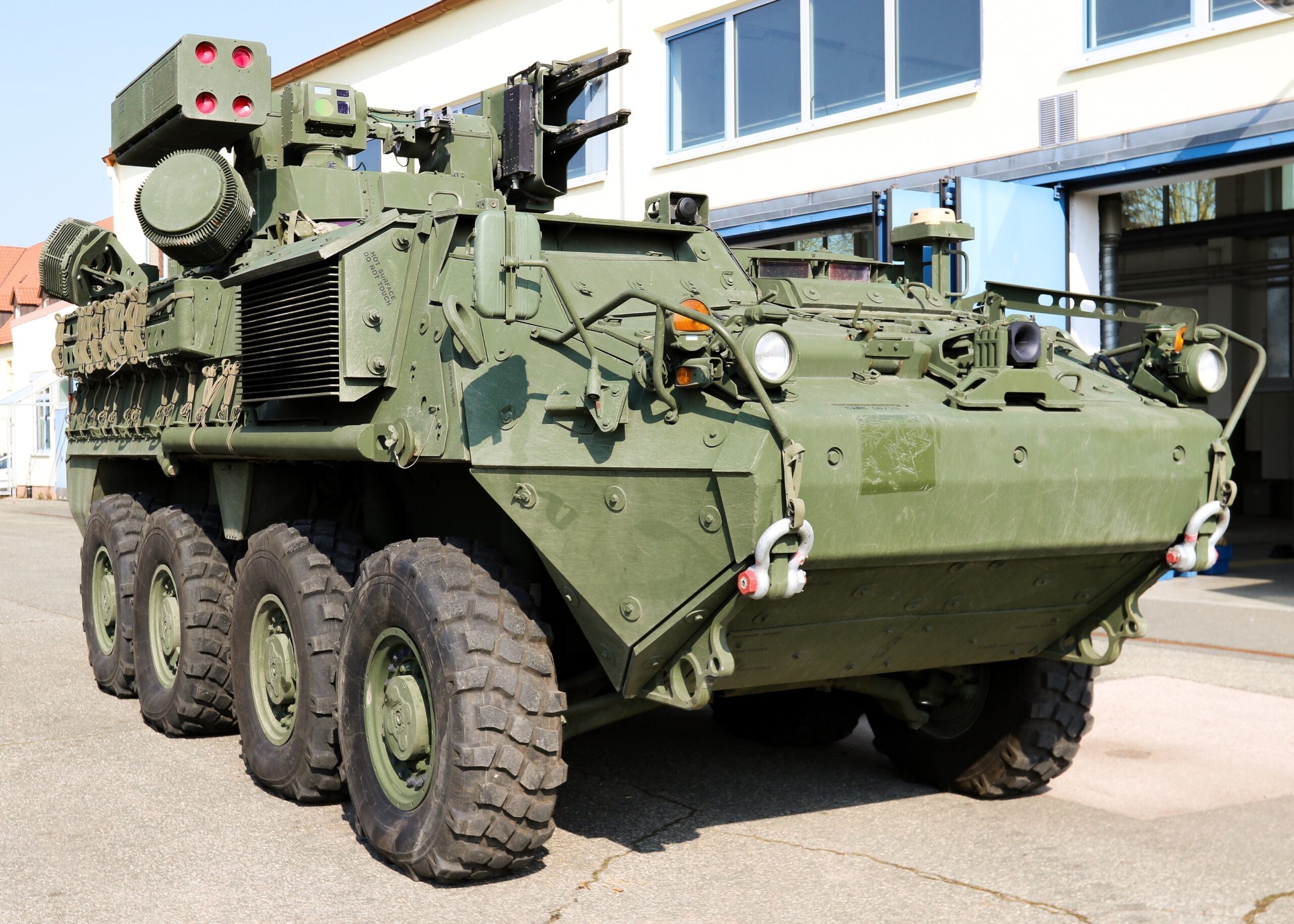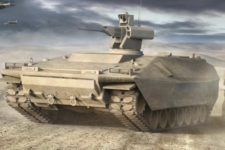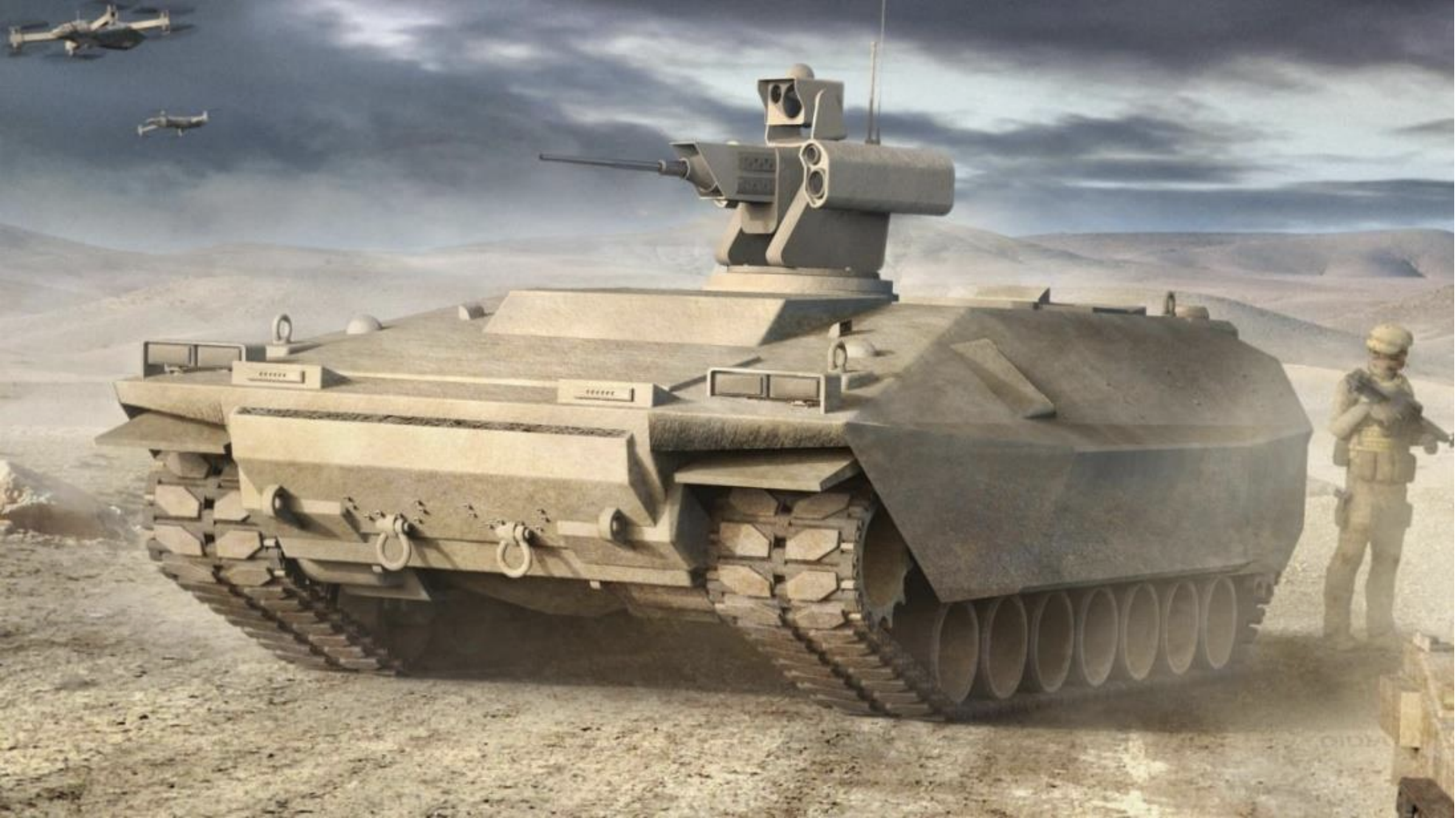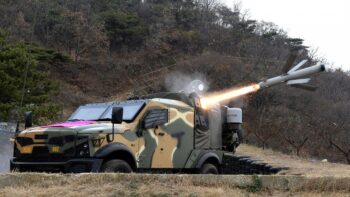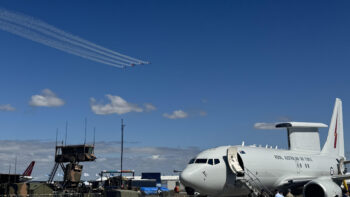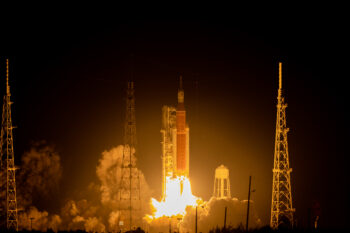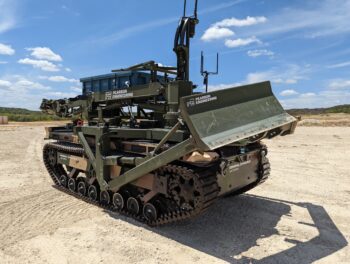
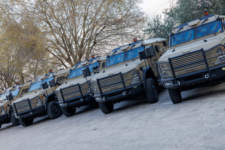
Given the demand from the IDF, the company was charged with keeping production up at normal or higher rates, despite the potential dangers of being so close to the border.
By Seth J. Frantzman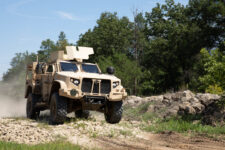
“Some of the implications are that we now have batteries or, hopefully we’ll have batteries, that are not reliant on rare earth minerals. We don’t have to rely on those coming from adversarial nations such as China,” Jen Sovada, president of SandboxAQ’s Global Public Sector division, told Breaking Defense.
By Carley Welch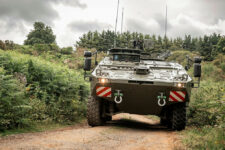
A Defence Equipment and Support (DE&S) official at the IQPC International Armoured Vehicles conference in London today said that while they had “some sympathy for industry covering excessive supply chain challenges” caused by COVID-19 and cyber hacking, manufacturers only reacted after feeling an “impact.”
By Tim Martin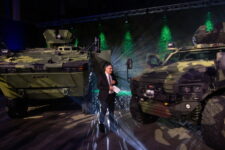
“All Baltic states are boosting military capabilities because of the mounting Russian threat,” one expert said.
By Agnes Helou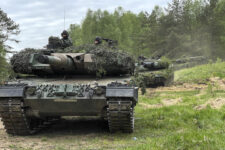
Poland has offered to train Ukrainians on its soil using its own Leopards, bypassing Berlin’s reluctance to allow allies to send the heavy tanks to Ukraine. But delivering 300 battle-ready Leopard 2s will not be simple.
By Sydney J. Freedberg Jr.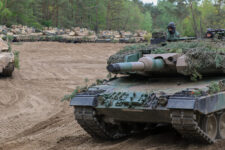
European nations are poised to send Ukraine main battle tanks. But Western MBTs will require different training, tactics, and logistical support than the smaller Soviet-derived designs Ukrainian troops are used to.
By Sydney J. Freedberg Jr.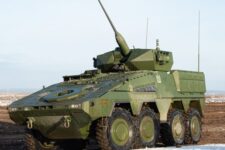
Despite small budgets, Estonia, Latvia and Lithuania are working to strengthen their ground forces to protect their borders with Russia.
By Tim Fish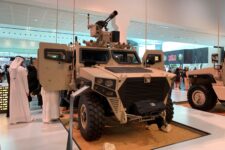
The contract comes at a time when the military procurement of armored vehicles is increasing across the Middle East to address the growth in asymmetric warfare and insurgency across the globe.
By Chyrine Mezher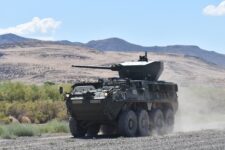
General Dynamics had urgently upgunned a Europe-based brigade, but Oshkosh will build the next three to six brigades’ worth, starting with a unit in the Pacific Northwest.
By Sydney J. Freedberg Jr.
The Army’s prioritized so ruthlessly that the top 11 percent of programs will get 50 percent of the funding. The other 89 percent can’t take any more cuts without it killing them.
By Sydney J. Freedberg Jr.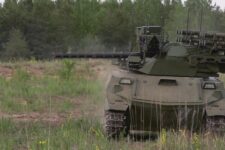
Russia has big ambitions for unmanned systems, said CNA scholar Sam Bendett, but it faces the same technical hurdles as the US — and shares the same concerns about human control.
By Sydney J. Freedberg Jr.
The threat of Russian drones, helicopters, and attack jets drove the first fielding to a unit in Germany, but the 8×8 Stryker variant may well find its way to the Pacific as well.
By Sydney J. Freedberg Jr.

